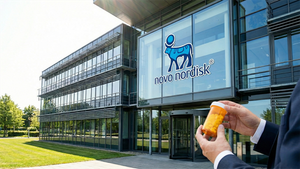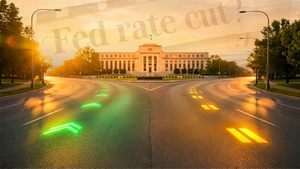by Mark Leo, director, circular economy — end-of-life solutions
SOURCE: Owens Corning
DESCRIPTION:
Earlier this year, we shared the news that we had created an organization specifically focused on building Owens Corning’s circular economy program and capabilities. At its very core, this translates to a commitment to moving from a linear economy model to a circular one in everything we do.
The obvious place for us to start was to set a goal of preventing all Owens Corning plant waste from being sent to landfills. This builds on long-standing efforts to reduce waste, with intensified focus as part of our circular economy team is hard at work addressing these challenges by building internal capabilities for reprocessing and recycling our manufacturing scrap and waste. The other half of the circular economy team, which I lead, is focused on another area: end-of-life solutions.
The end-of-life team is focused on finding opportunities to create solutions for products which have already been in the economy for years and even decades but are now at the end of their useful life. We have made it our priority to prevent these products from being disposed of in landfills, and to find ways to bring their value back to life. To do this we are approaching recycling differently than we have in the past. We are innovating both technologically, and commercially to explore new and creative business models and industry approaches that do not necessarily resemble our traditional business.
In deciding where to focus our efforts, we let the markets and our customers guide us.
Two of the most obvious areas in need of solutions are also key businesses for our enterprise: asphalt shingles, and composite wind turbine blades. In the example of shingles, we’ve created a formal, cross-function team dedicated specifically to shingle recycling. This team is pursing multiple technologies and partnerships that we believe will be highly impactful in diverting torn-off shingles from landfills, and which will create opportunities for Owens Corning to incorporate recycled content into its shingle production going forward.
In the wind blade space, we are partnering with our customers and other parties to find uses for deconstructed blade materials, and building the potential to reclaim the glass fibers for reuse. At the same time, we’re working with industry to design the blades of the future, which by their very design will be easy to recycle and can remain in the circular economy after their useful life.
These are exciting projects and we are highly encouraged by the level of enthusiasm we see in our customers, employees, and partners. We are early in our journey and have a long road ahead, but I am happy to be working on these important challenges and proud that Owens Corning has made commitments to truly have an impact and make the world a better place.
KEYWORDS: NYSE: OC, owens corning, Mark Leo





